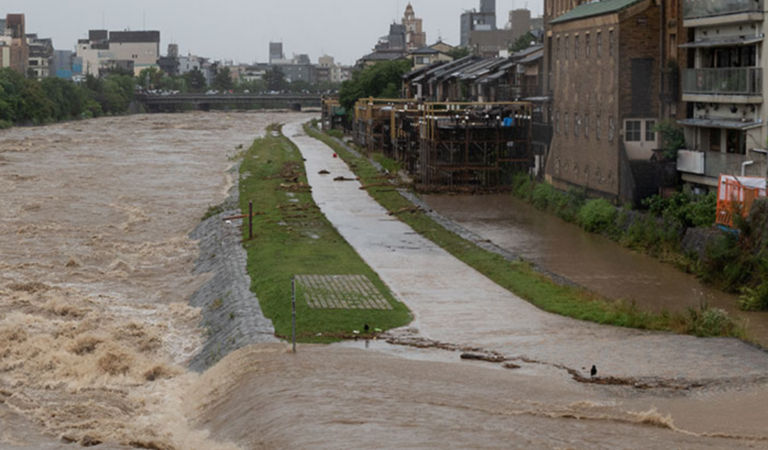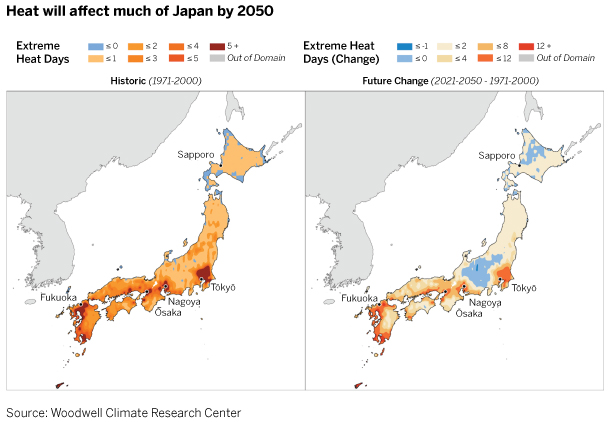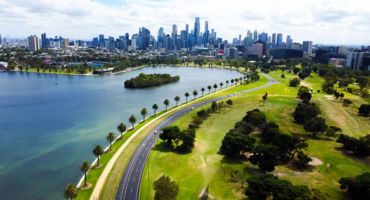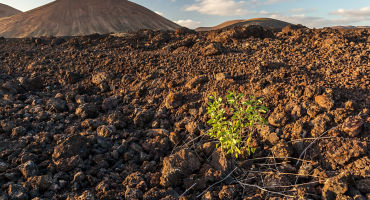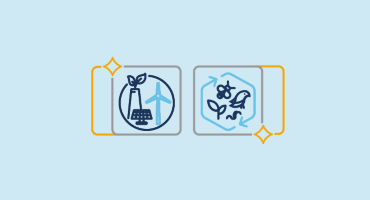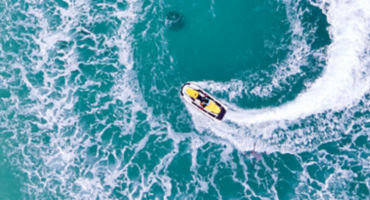Case studies
Heating and cooling company: Our opportunity set includes a Japanese heating and cooling company that designs and manufactures efficient heating, ventilation, and cooling systems for residential and commercial use. In our view, expanding environmental regulations, along with an increased focus on air filtration following the COVID-19 pandemic, could generate an attractive cyclical-growth opportunity for this company, which is already seeing strong residential demand growth from China. The company has demonstrated the ability to pass raw-material price increases along to consumers, another indication of the strong cycle and demand for these heating and cooling solutions.
Agriculture technology company: This Japanese farming equipment manufacturer develops tools and technology that can help increase agricultural productivity. Agriculture technology is a compelling structural and cyclical theme. In many important growing regions, particularly those near the earth’s equator, the effects of heat, drought, and other climate challenges could threaten crop yields long term, driving the need for better technology. In the near term, recent drought conditions have resulted in tighter inventories, resulting in a constructive cyclical opportunity.
Energy and rail equipment company: A Japan-based conglomerate produces industrial equipment and infrastructure products for energy and rail systems that we believe will be critical for mitigating and adapting to climate change. The company’s rail division supports decarbonization efforts from the transportation sector. Its energy division develops reliable, energy-efficient systems for power generation, transmission, and distribution worldwide. These technology-enabled solutions create more resilient electric grid networks, which could prove critical as climate change increases the probability of disruptive natural disasters.





